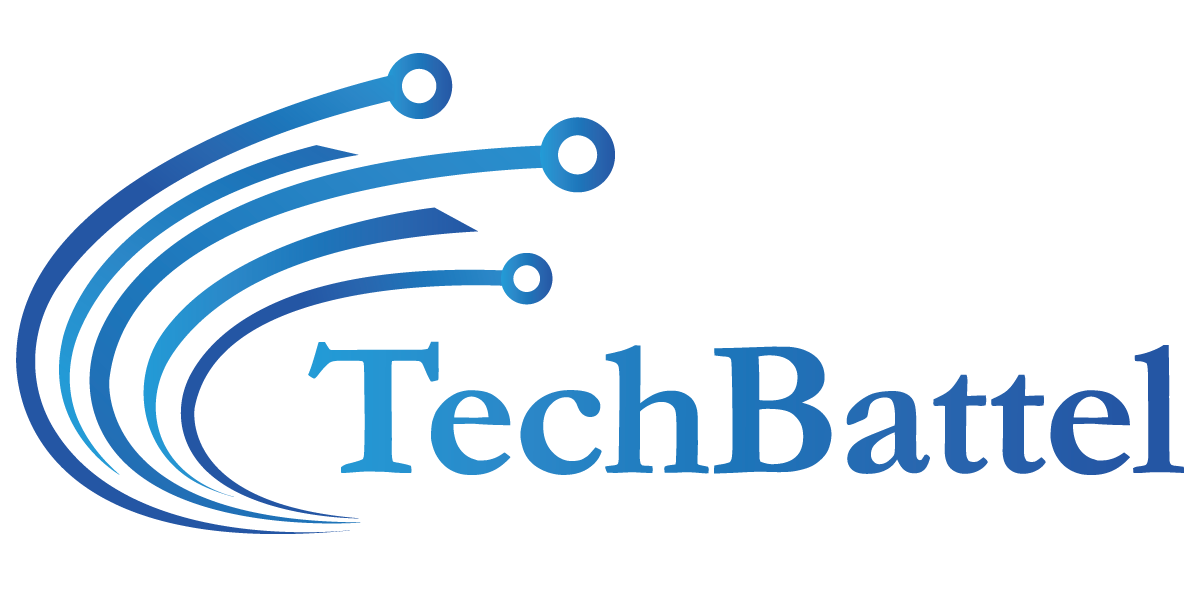Efficient invoicing is the backbone of any successful business. It ensures you get paid for your hard work and maintains healthy cash flow. However, creating invoices from scratch can be a time-consuming and error-prone task. Fortunately, there’s a solution: free invoice templates. In this comprehensive guide, we’ll take you on a journey to discover the power of free invoice templates and how they can streamline your invoicing process, boost your professionalism, and help you get paid faster.
Chapter 1: The Importance of Efficient Invoicing
Before delving into the world of invoice templates, let’s understand why efficient invoicing is vital for your business. We’ll explore:
1.1. The Cash Flow Connection: How timely and accurate invoicing impacts your financial health.
1.2. Professionalism Matters: How well-structured invoices enhance your image.
1.3. Time is Money: The hidden cost of manual invoicing.
Chapter 2: Exploring Free Invoice Templates
Now that you’re aware of the significance of efficient invoicing, let’s introduce you to free invoice templates:
2.1. What Are Invoice Templates?: Understanding the concept and how they work.
2.2. The Benefits of Free Invoice Templates: How they save time and reduce errors.
2.3. Customization Options: Tailoring templates to suit your business needs.
Chapter 3: Types of Free Invoice Templates
There’s no one-size-fits-all approach to invoicing. In this chapter, we’ll explore various types of free invoice templates, including:
3.1. Standard Invoice Templates: Suitable for most businesses.
3.2. Freelance and Contractor Templates: Designed for freelancers and independent contractors.
3.3. Service-Based Templates: Ideal for service-oriented businesses.
3.4. Product-Based Templates: Perfect for businesses selling physical products.
3.5. Recurring Invoice Templates: Streamlining subscription-based services.
Chapter 4: Using Free Invoice Templates
Now, let’s get hands-on and learn how to use free invoice templates effectively:
4.1. Downloading Templates: Where to find and download free templates.
4.2. Filling in the Details: Step-by-step guide to inputting your information.
4.3. Adding Payment Terms and Terms & Conditions: Ensuring clarity in your invoices.
4.4. Logo and Branding: Incorporating your brand identity.
4.5. Calculating Totals: How to avoid mathematical errors.
4.6. Sending Invoices: Options for delivery, tracking, and follow-up.
Chapter 5: Best Practices for Efficient Invoicing
Using templates is just one part of the equation. In this chapter, we’ll delve into best practices to ensure your invoicing process is efficient and effective, including:
5.1. Consistency Matters: Why a standardized format is crucial.
5.2. Invoice Numbering: How to maintain a logical sequence.
5.3. Payment Terms and Due Dates: Setting clear expectations.
5.4. Invoice Tracking: Strategies to follow up on unpaid invoices.
5.5. Keeping Records: The importance of maintaining a well-organized invoicing history.
Chapter 6: Troubleshooting Common Invoicing Issues
No system is perfect, and invoicing is no exception. In this chapter, we’ll address common invoicing challenges and provide solutions, such as:
6.1. Late Payments: Strategies for dealing with overdue invoices.
6.2. Invoice Disputes: How to handle discrepancies professionally.
6.3. Tax and Compliance Issues: Navigating the complexities of invoicing regulations.
6.4. Scaling Your Invoicing Process: Tips for growing businesses.
Chapter 7: Beyond Invoices: Leveraging Templates for Business Growth
Invoice template can do more than just facilitate payments. In this chapter, we’ll explore how you can leverage these templates for business growth, including:
7.1. Creating Estimates and Quotes: Winning new clients with professional proposals.
7.2. Receipts and Payment Records: Keeping track of financial transactions.
7.3. Financial Reporting: Using invoicing data for strategic decision-making.
7.4. Building Client Relationships: The role of invoicing in customer satisfaction.
Chapter 8: Staying Updated and Adapting to Change
The business landscape is constantly evolving. In this final chapter, we’ll discuss how to stay updated with the latest invoicing trends and adapt to changing needs:
8.1. Embracing Digital Payments: The future of invoicing.
8.2. Software Integration: Streamlining your invoicing process further.
8.3. Continuous Improvement: Evolving your invoicing system over time.
Conclusion
Efficient invoicing is not a choice; it’s a necessity for any business. Using free invoice template is a smart step toward achieving this efficiency. This guide has equipped you with the knowledge and tools needed to make the most of these templates, ensuring you get paid on time, maintain professionalism, and pave the way for your business’s success. So, don’t wait any longer – start using free invoice templates today and unlock the full potential of your invoicing process. For more information visit https://techbattel.com/.

